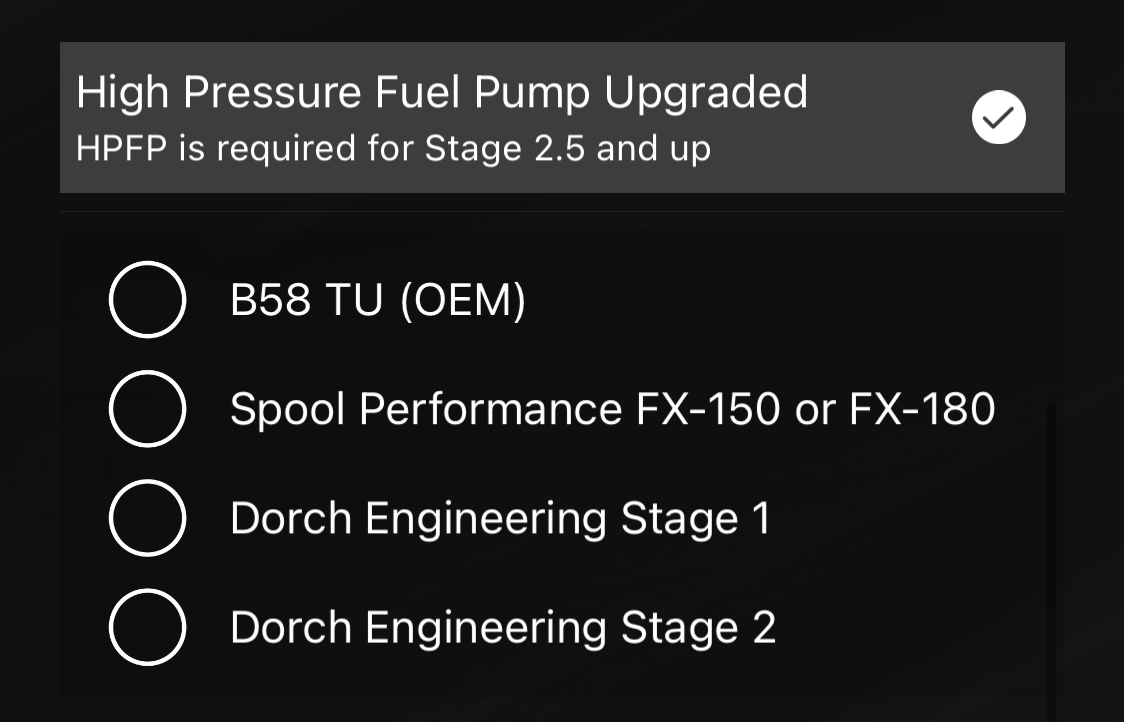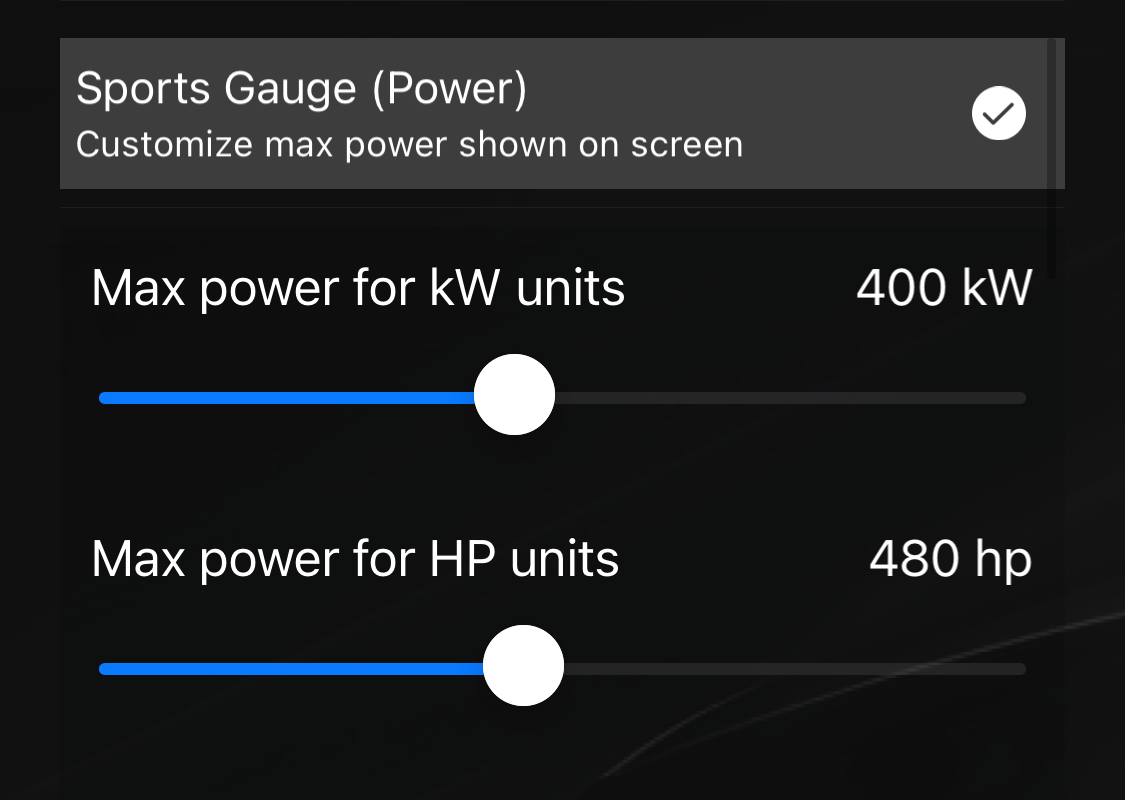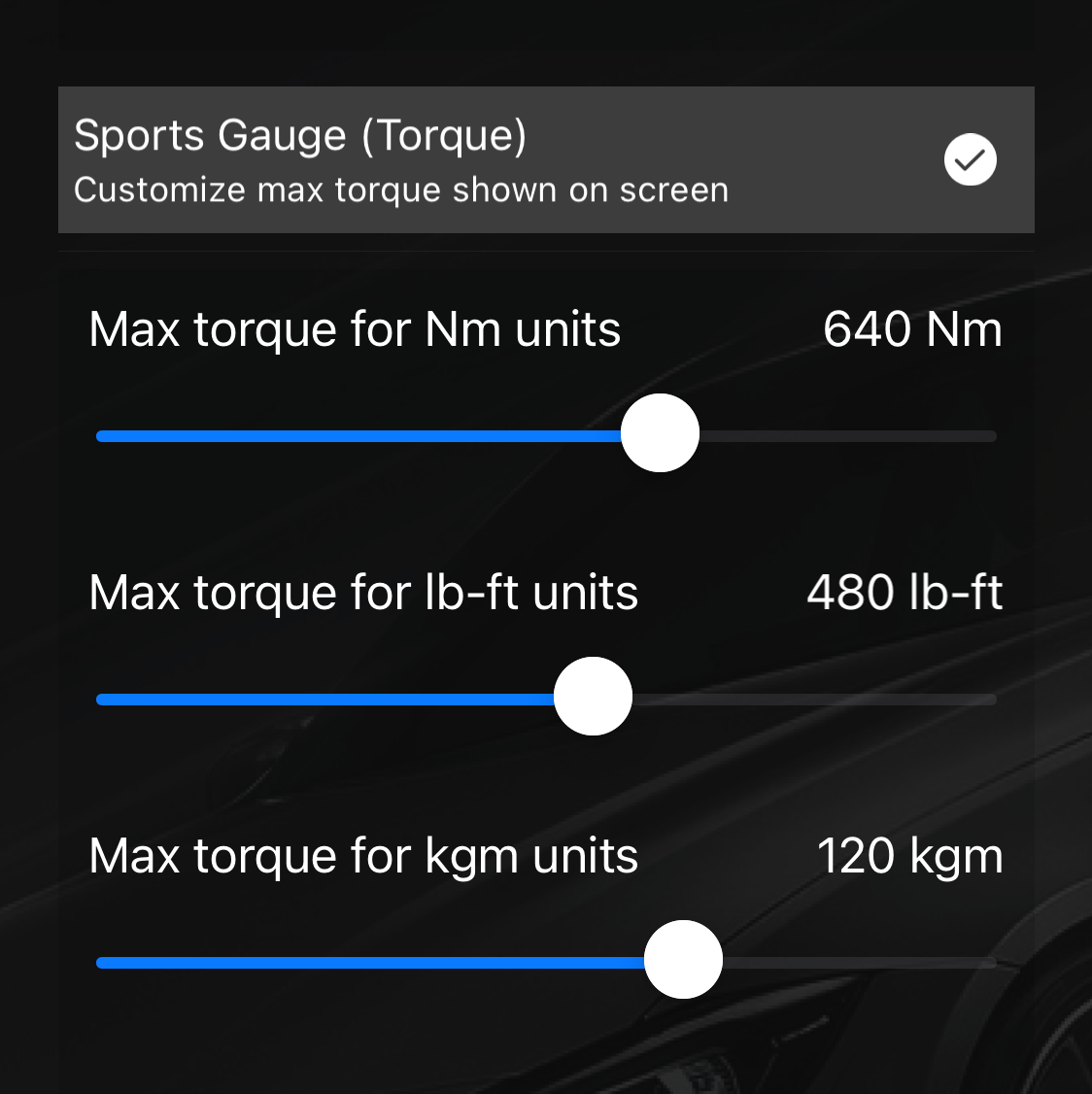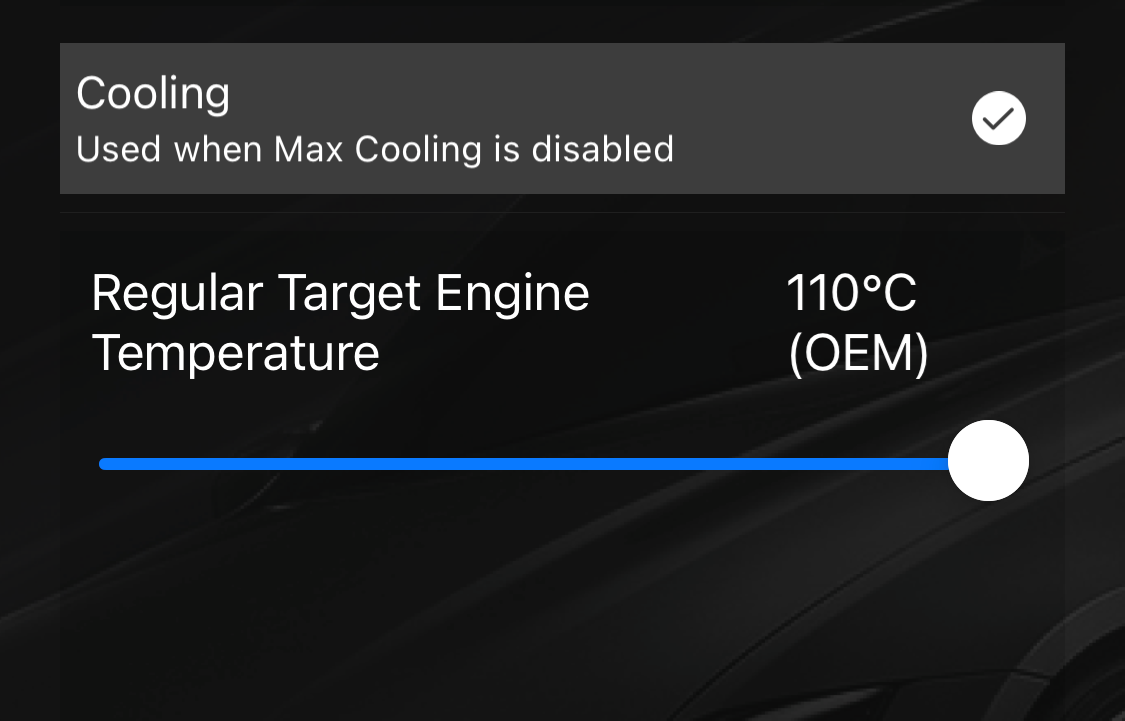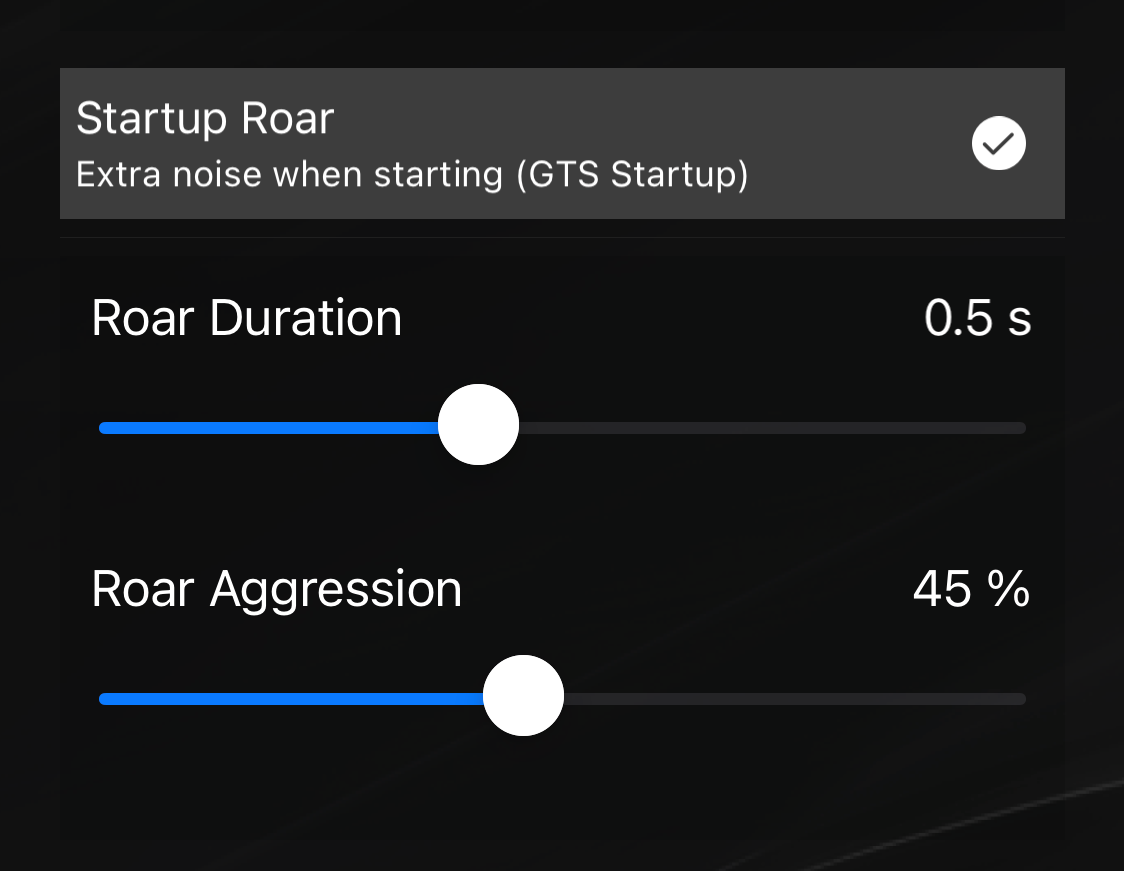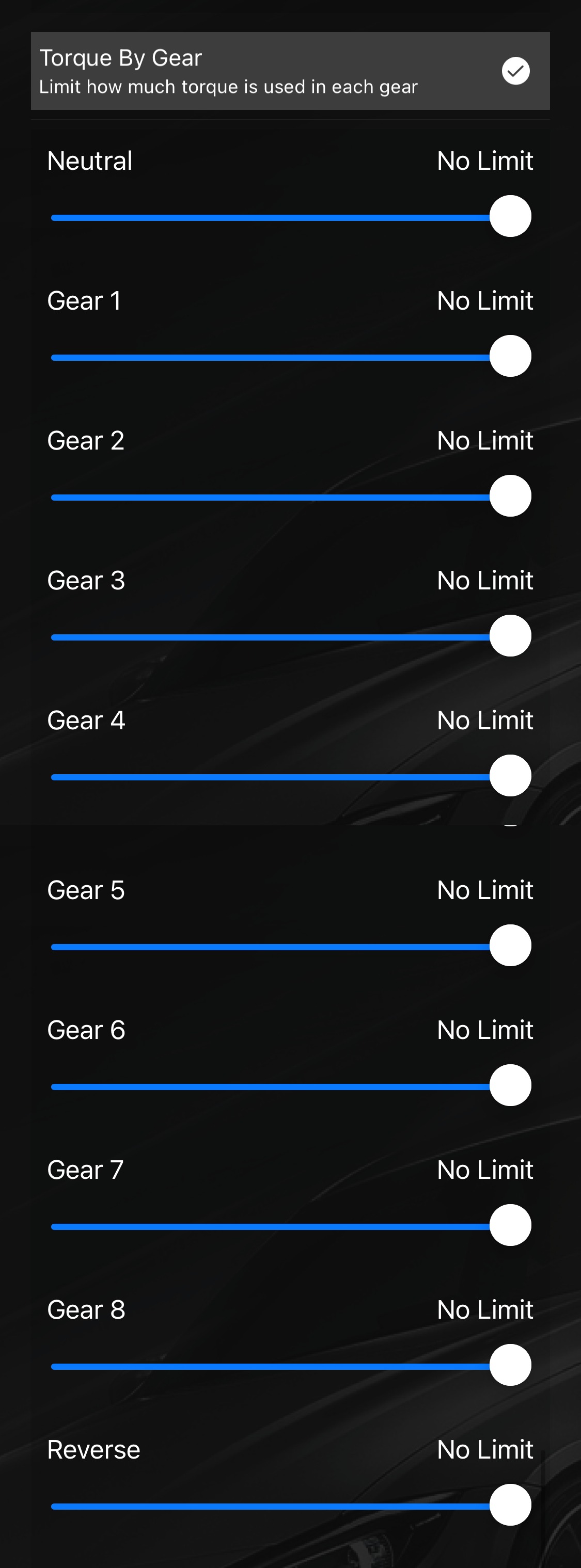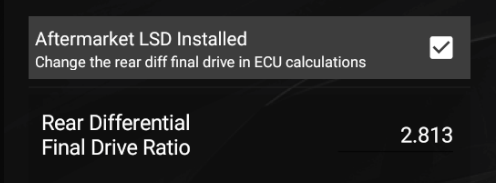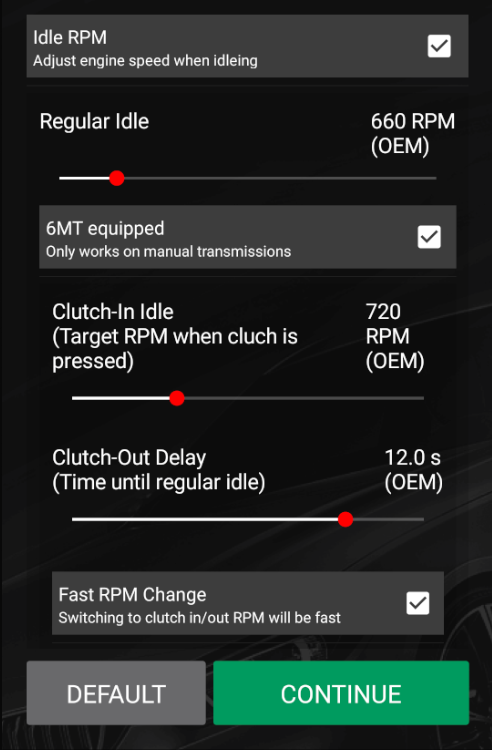| Info |
|---|
MG Flasher provides users with many unique Custom Options that can be selected and adjusted before flashing the car. Overviews of each Custom Option can be found below, to help in explaining the function and use of each one. |
Catalytic Converter Delete (Decat):
Disables catalytic system monitoring (Masks DTC) and adjusts map to accommodate a less restrictive exhaust. Selecting this option also enables selection of additional Custom Options that require a decat. Selecting this option is recommended for users with either a high flow cat, or a decat exhaust.
OPF/GPF Delete:
Disables OPF/GPF system monitoring (Masks DTC) and adjusts map to accommodate a less restrictive exhaust. Selecting this option is recommended for users that deleted their factory installed OPF/GPF.
Switchable Maps:
Enables the use of our unique Switchable Maps On-The-Fly feature. The user can switch between different calibrations without having to reflash the car. Simply select the calibration using the cruise control buttons. For more details please see: Switchable Maps On-The-Fly
Antilag:
Antilag provides the driver with a more aggressive launch by increasing the air pressure in the intake manifold. This feature has two modes: Stationary Antilag and Rolling Antilag. Along with the different modes, users have the ability to fine tune many important parameters, with additional parameters being available in the expert menu. A key option to note is the ability to choose between the fuel cut and the ignition cut method in the Expert Settings. For more information regarding these options, please see our detailed Antilag page: Antilag (Launch Control)
HPFP:
This option gives the user the ability to define which upgraded HPFP the car has installed. Selecting the correct choice adjusts the calibration in the map in order to work with each specific pump. Selecting this option is required when the HPFP has been upgraded, and it is extremely important to choose the exact pump that is installed.
TCU Torque Limit Removal:
Disables the factory enabled Torque Limit of the ZF Auto 8HP transmission. Using the slider, the user can either exceed or lower the 550 Nm manually up to 1000 Nm. Selecting this option is recommended for users who’s cars are limited by the 550 Nm limit, and are looking for more power. This option can also be used to limit the torque output by the engine if the user so desires.
Cold Start Delete:
Disables the factory calibrated Cold Start. The Cold Start increases RPMs at idle when the engine is cold. Choosing this option lowers the RPMs which make for a quieter sound when starting a cold engine.
Speed Limiter Removal:
Disables the factory speed limiter set to 250 km/h.
Exhaust Flap Always Open:
Opens the exhaust flap at all times, regardless of drive mode. This leads to a more aggressive sounding exhaust.
Radiator Flaps Always Open:
Opens the exhaust flap at all times, regardless of drive mode. This leads to lower Air Intake Temperatures that help improve the performance and thermal efficiency of the engine.
Sport Gauge (Power):
Recalibrates the sport display in the car to show a desired amount of Power. User can use the sliders to manually adjust (Decrease or Increase) the Max power displayed on the gauge. This feature is useful when tune produces a higher amount of power than the max power shown in the stock calibration of the Sport Gauge.
Sport Gauge (Torque):
Recalibrates the sport display in the car to show a desired amount of Torque. User can use the sliders to manually adjust (Decrease or Increase) the Max torque displayed on the gauge. This feature is useful when a tune produces a higher amount of torque than the max torque shown in the stock calibration of the Sport Gauge.
Burbles:
Enables burbles and allows for the customization of various parameters to customize the sound of burbles.
Style: The different styles are calibrations that are adjusted using various algorithms to achieve different behaviors. Users are encouraged to try out each style to decide which one is preferred.
Aggressiveness: The burble Aggressiveness can be adjusted using the slider.
Duration: The Duration of the Burbles can be adjusted using the sliders, and can be set to different values for the different driving modes (Sport and Sport Plus).
RPM Range: The RPM range in which Burbles will function can be adjusted using the sliders.
Speed Range: The Vehicle Speed range in which Burbles will function can be adjusted using the sliders.
Extra Aggressive Burbles: Extra Aggressive Burbles can be activated by users who wish to have flames come from their exhaust during burbles. By adjusting the Extra Aggression and Fueling sliders, the user can adjust the frequency and behavior of the flames.
Burble settings have different results on various cars depending on factors such as the exhaust system. We recommend users try out various calibrations to decide which calibration is preferred by them.
Please also see Burbles On-The-Fly which allow adjustment of burbles without reflashing the ECU: Dynamic Burble On-The-Fly
Cooling:
Adjusting the Slider sets the Engine’s target temperature. When Max Cooling is not enabled, the ECU will target the Engine Temperature set by this option. This option is recommended for users in extreme environments, or in situations when the car is being pushed to its limits for an extended period of time.
Please also see Max Cooling On-The-Fly: Max Cooling On-The-Fly
Startup Roar:
This option enables a louder and more aggressive Startup Roar also known as “GTS Startup”. The roar duration and the aggression can be adjusted using the in app sliders. We recommend trying out various calibrations to decide which settings sound the best.
Torque by Gear:
This option gives the user the ability to limit Torque for each gear separately. The torque limit can be set to anywhere between 200 and 1000 Nm, or it can be lifted all together. This option is recommended for users that are interested in limiting torque in certain gears, especially helpful in 2wd vehicles that may spin tires in lower gears.
Aftermarket LSD Installed:
If you installed an LSD that doesn’t match your vehicle’s original “rear differential final drive ratio” you can set the value your ECU will use for its calculations.
Idle RPM:
If you prefer a higher engine idle, you can set it here. “Regular idle” is what the ECU will use as the target under normal driving conditions, 10 RPM resolution.
If you have a manual transmission, you can mark the “6MT equipped” option and adjust the engine speed when the clutch is pressed, 10 RPM resolution. You can also adjust how long the ECU will wait, in 0.5 second increments, until returning to “Regular idle”. The rate at which the engine speed will change to/from the clutch in idle speed can be increased by marking “Fast RPM Change”. Without this option the change is rather slow, ~1.0s when fast compared to ~5.0s (if the difference in RPM is large) when slow.




